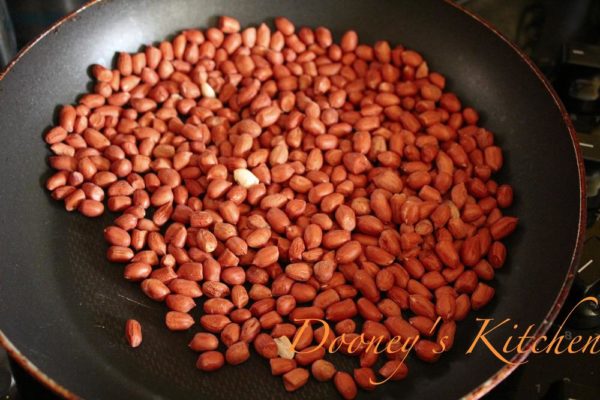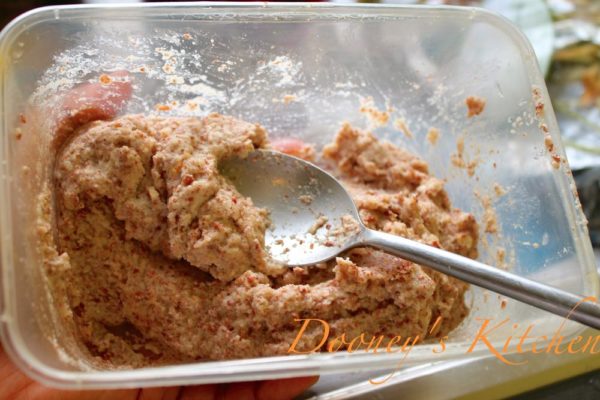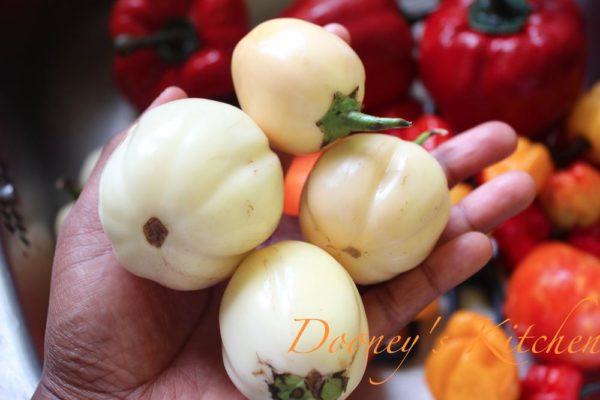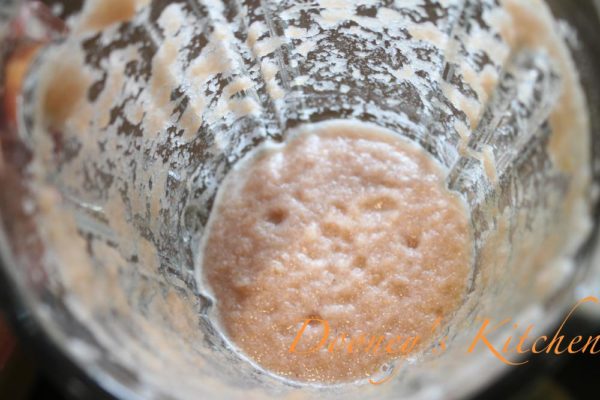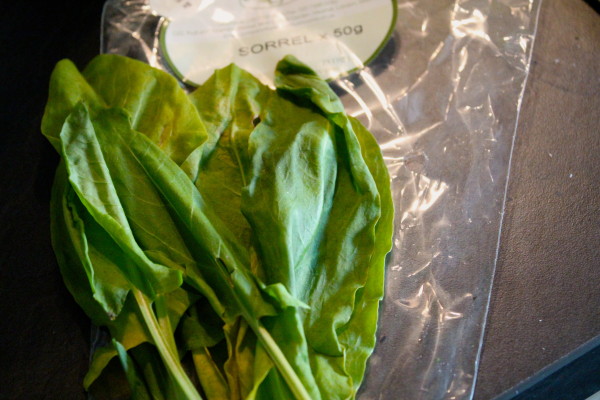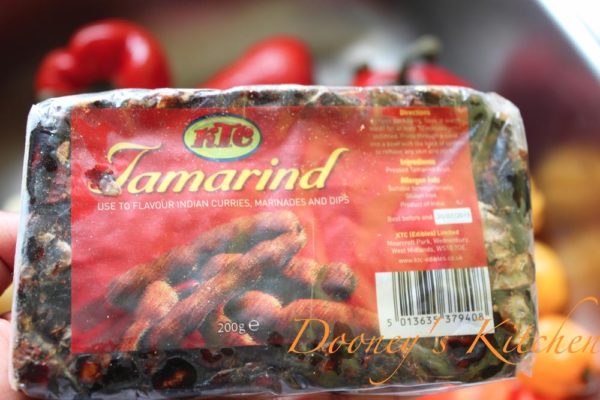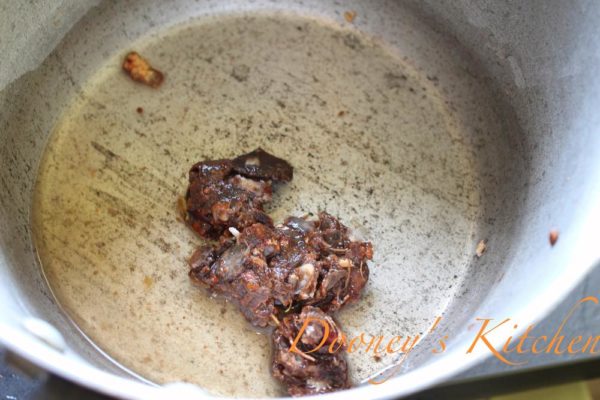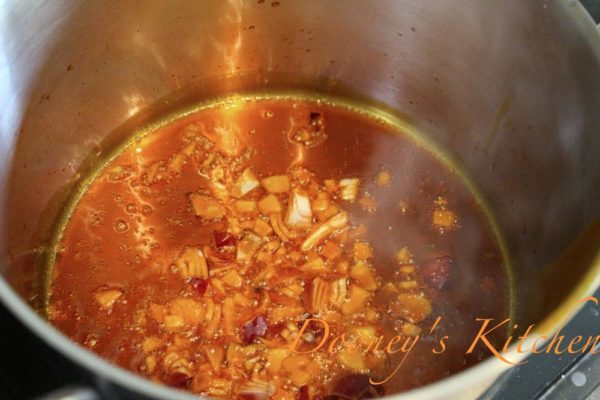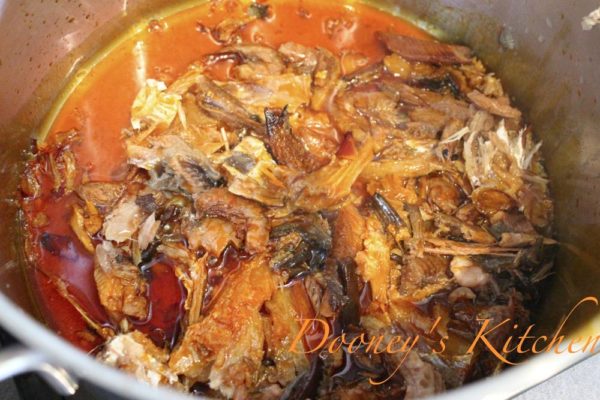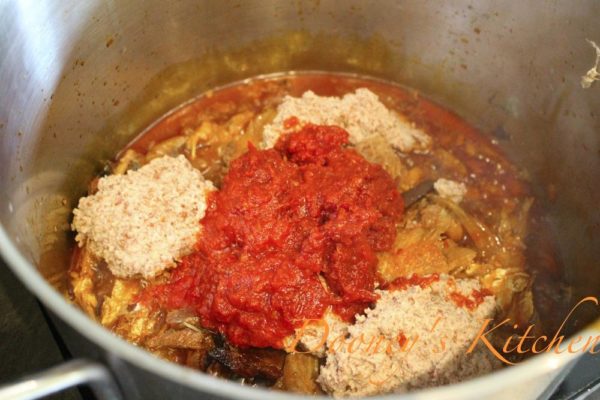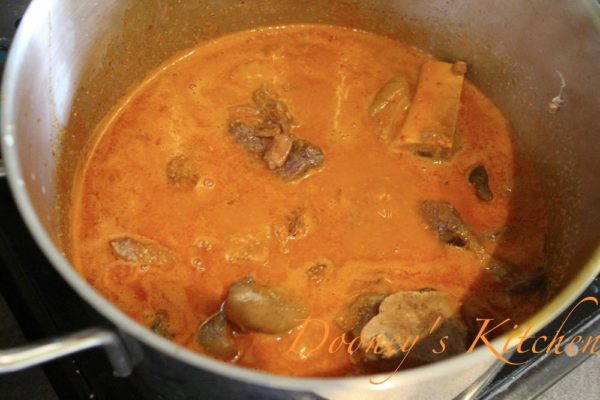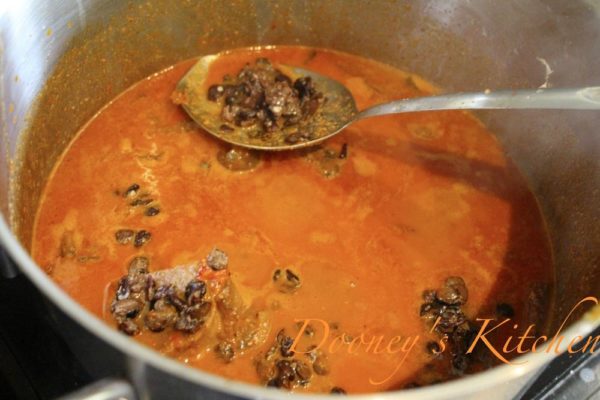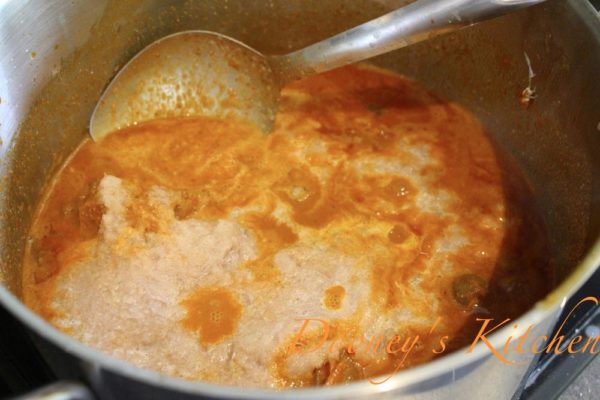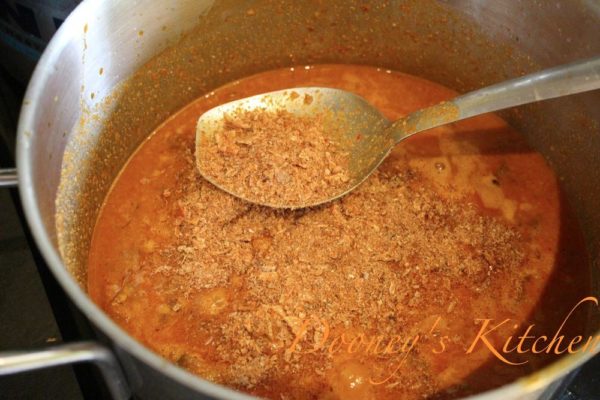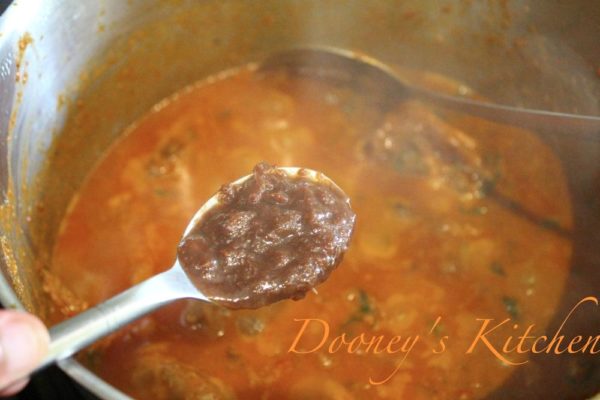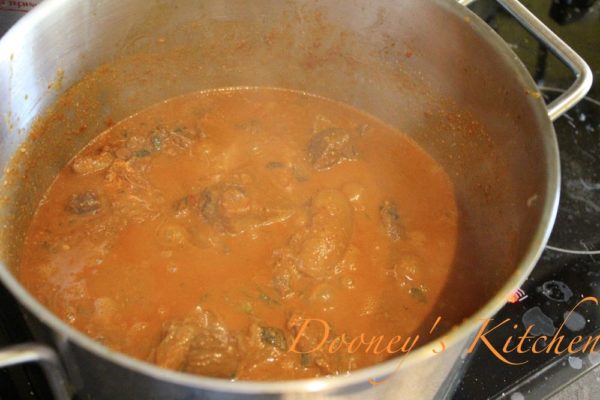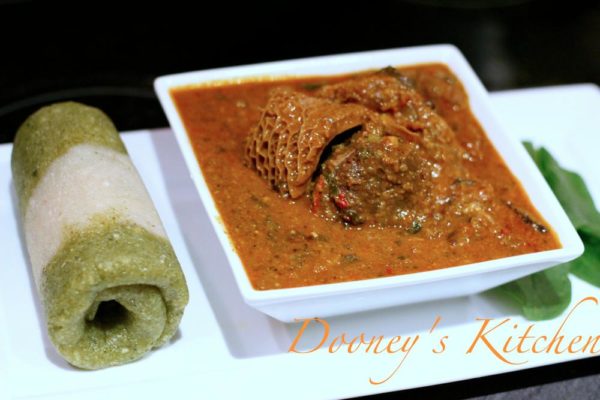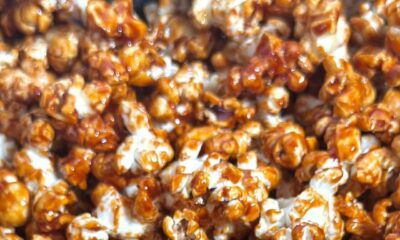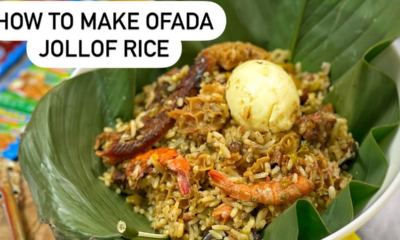Features
BN Cuisine with Dooney’s Kitchen: Miyan Gyeda
 I wondered what to cook for my next BN Cuisine post. In light of the tribalistic comments filtering through cyberspace about the #bringbackourgirls campaign, I was upset, especially after reading Atoke’s post. I decided to cook a Northern dish. Atoke’s family background could have been mine. My maternal grandmother though born in Iperu was raised in the North. She only came back with her mother and sisters as a young woman. She spoke Hausa fluently. My maternal grandfather also lived in the North for several years, in fact his businesses started from there before he moved down South.
I wondered what to cook for my next BN Cuisine post. In light of the tribalistic comments filtering through cyberspace about the #bringbackourgirls campaign, I was upset, especially after reading Atoke’s post. I decided to cook a Northern dish. Atoke’s family background could have been mine. My maternal grandmother though born in Iperu was raised in the North. She only came back with her mother and sisters as a young woman. She spoke Hausa fluently. My maternal grandfather also lived in the North for several years, in fact his businesses started from there before he moved down South.
Atoke’s post made me think that if both of them had stayed back in the North, they could have met there, married there and raised their family there. My mother would be classed just as Atoke wrote. A Yoruba woman with a Hausa background. As I only speak my mother’s language, it made me wonder too that Hausa could have been the only Nigerian language that I speak.
When Atoke wrote ‘don’t stay silent, do something’, the idea behind this was born. I know it is just food, but for some of us who feel helpless in this situation, this is a skill that I have, which I hope will highlight that from North or South. At the end of the day, we are all just people. The pain of the mother in Chibok, should be the pain of everyone of us. This is not a Northern vs Southern vs Eastern or all that nonsense talk. At the end of the day, we are just people. They are just children. Children who were beating the odds and were being sent for an education. Children their parents had hopes for.
Food is one thing I know, one thing I do well and one thing I have observed that brings people together. This post is my way of showing solidarity with the people of the North, whose lands have been ravaged, by pain, suffering, blood, sweat and tears. A twist of fate and they could have been my own people too. I remember the words that were said when Sept 11 happened. It came back to me while I was writing this. “On that day the world stood still. On that day everyone was an American“. On that day we all, wherever you were in the world, from South Africa to Australia, we took on the pain and anguish of the American people. We felt it like it happened to us, to someone we knew and love. More so this is something happening in our very own backyard. Sad that many of us feel undisturbed, unpertubed or just couldn’t care less. After all it is “Northerners killing themselves and kidnapping their own children“. Tomorrow it could be you and yours. Today, don’t just be a Nigerian, be a man/woman from Chibok. Today, be a man/woman from Nyanya, from Jos, from Kano.
#bringbackourgirls
I’ve never cooked Miyan Gyada (pronounced gyeh-da – meaning groundnut) in my life before. In fact, I have only seen a picture of it once. A recipe was provided by Pauline B. Manilla. I am showcasing Northern food today deliberately to show some support.
You will need
4 pieces of Garden Eggs – substitute with 1 large aubergine
2 cooking spoons of Tarubu (fresh pepper – ata rodo) – or your heat tolerance level
1 Kilo of Nama – meat (an assortment)
1 cooking spoon of Dadawa – iru or ogiri isi
3/4 – 1cup of Gyada – groundnut (raw or roasted)
1 – 2 cooking spoons of Crayfish
Stockfish – used just to flavour the meats
1 big piece of Smoked fish
1 handful of Eja Sawa – dry fish
1 handful of Smoked Red prawns
1 Alubasa – onions
3 tbs of Tsamiya – tamarind, awin, icheku
1 handful of Yakuwa leaves – ishapa, english sorrel, white zobo. Substitute with Ugu or spinach
2 cooking spoons of Palm oil
Salt – used only to season the meats
Seasoning cubes – used only to season the meats
How To
Boil and season your meats and variety of smoked fish with onions, salt and seasoning cubes. To stay as much local to the flavour, I did not use any salt or seasoning cubes in the latter stages of cooking. I relied solely on the beef stock, so endeavour to get it right from here.
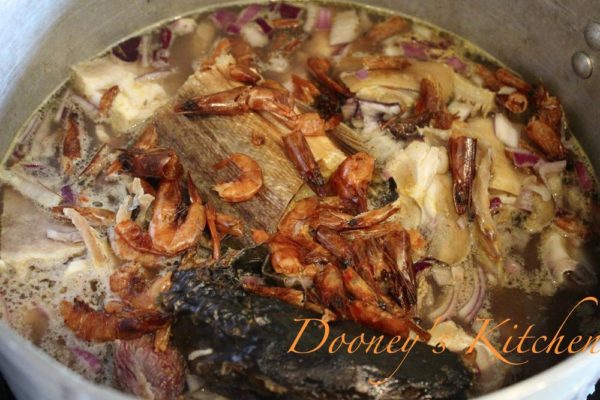 While the meats are boiling, prep the rest of the ingredients starting from the raw groundnuts.
While the meats are boiling, prep the rest of the ingredients starting from the raw groundnuts.
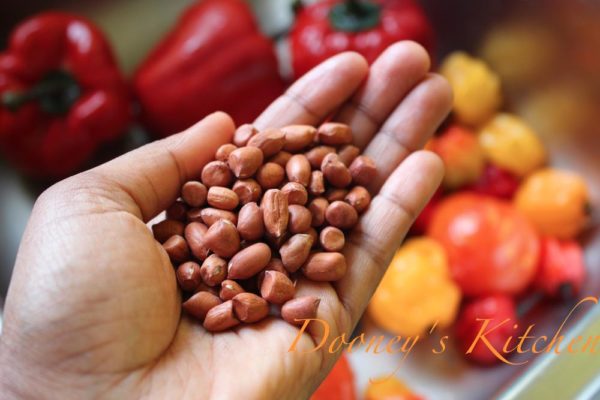 Toast for a few minutes in a dry pan, till the skin crisps up.
Toast for a few minutes in a dry pan, till the skin crisps up.
Proceed to blending the groundnuts (with their skin on) in a dry mill till you get a smooth powder. Mix the powder with a little water to form a thick paste
Now to the Garden Eggs. Chop off the stalk and whizz in a blender till smooth. If you are using purple aubergines instead, peel off the skin. If you are using white aubergines, leave the skin on.
Whizz in a blender till you get a smooth puree.
Rinse and chop the Yakuwa leaves.
Tsamiya – Tamarind. I bought this on Ebay. They can also be found in Asian food stores.
Tear off a chunk of the tsamiya. Place in a pot with a few tablespoons of water. Alternatively, you can place in a bowl and pour hot water on it. What you want is for it to soften, which would also you mash into a paste, after which you pick or sieve out the wiry stems.
Prepping done, time to cook. By this time, your meats should have cooked through. Heat up Palm oil in a pot, add chopped onions and let it fry for a bit.
Add the variety of smoked fish which your cooked with the meats. Don’t forget the smoked red prawns. Leave it to fry in the oil gently, just to release some of their flavour into the palm oil.
Add the groundnut paste and fresh pepper. Stir and allow to fry for about a minute
Add the meats and stock to lighten the soup. You will notice the colour change to a pale lovely shade of orange. Turn down the heat to medium. Remember that the stock constitutes your major seasoning component, so use enough of it. Don’t worry, unless you dump a bucket load in it, it wouldn’t be watery forever. Groundnut thickens as it cooks, so you will be just fine. You need the heat at medium to allow the groundnut cook slowly, and the meats too to absorb the groundnut. If you cook on high heat the soup will cook too fast for and it’ll burn.
Once you start to notice bubbles forming, add the dadawa (iru, ogiri isi) and stir. Give it roughly 2 minutes, ensure that you can taste the flavour of the dadawa in the soup. Very important. Add more dadawa, if you wish.
With the dadawa flavour coming off, pour in the garden egg paste. Pour in half first (if you have a garden egg aversion like me), give it a minute or so and taste the soup to see if that is fine for you. You want a stronger flavour, add the entire puree. Stir and also leave the so merge with the other flavours. Still keep the heat on medium.
Add the crayfish, stir and further lower the heat. Crayfish has a thickening effect with creamy soups. So once this goes in, reduce the heat a little more to counter balance that thickening effect, so as not to allow the soup burn before the flavours combine and develop.
Once the soup has thickened noticeably, add the chopped Yakuwa and stir. Yakuwa adds a certain tangyness to this dish which is vital. You will notice its flavour almost immediately. Although Ugu or Spinach will serve as a vegetable substitute, Yakuwa truly is the deal. I cooked with it when making Miyan Taushe and I swear by it in any Northern dish that calls for Yakuwa.
One last sour tanginess to this dish is Tsamiya. Never cooked with it before but has now surprisingly become one of my favourite ingredients. Tamarind takes this dish from pretty great to freaking awesome. Trust me. I started with 2 tablespoons and increased to 3. I suggest you do the same. You just may find that 2 tablespoons is okay for you. One tablespoon? Definitely not. You will barely notice its amazing flavour.
Once the Tamarind goes in, stir, and cover the pot. Still on low heat, let all those flavours combine. If you need to dilute it, dilute with meat stock or hot water. Give it about 3 minutes or so. Open the pot and be enveloped by the aroma that will set your senses buzzing excitedly. You will notice the lighter liquify part of the soup floating on top and simmering nicely away.
When you stir, it becomes thicker, taking on the consistency of Egusi soup.
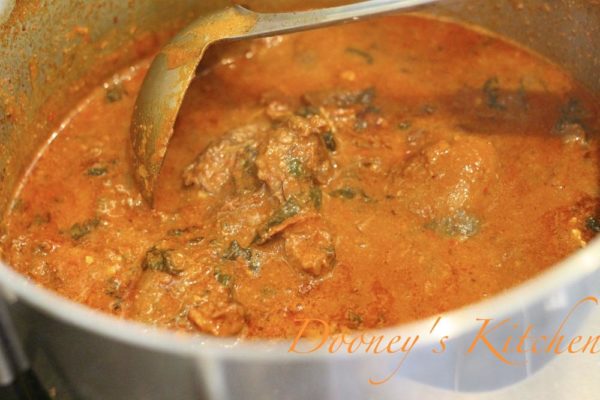 Scoop out into a bowl and serve.
Scoop out into a bowl and serve.
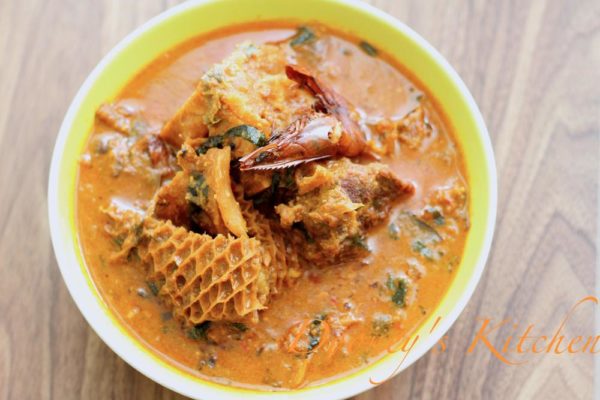
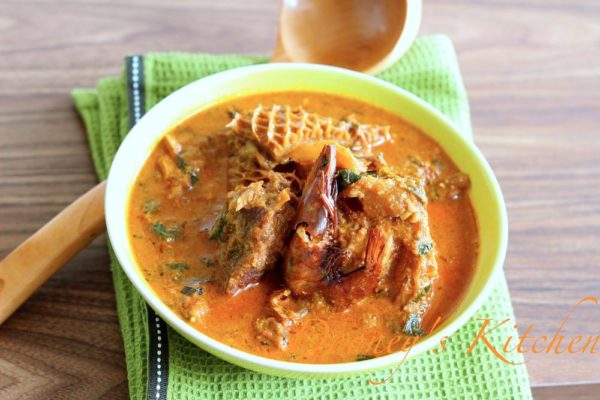 I was going to make this with some starchy solid eaten in the North, but I though nah. I will serve with Garri to tie this up nicely. Garri is eaten by The Yorubas and Igbos, not just them, but eaten all over Nigeria. Courtesy of Remmy Tewogbade who created the Green and White Eba, I decided to take it a step further by creating a Green-White-Green Eba, served with Miyan Gyada. One Nigeria on a plate.
I was going to make this with some starchy solid eaten in the North, but I though nah. I will serve with Garri to tie this up nicely. Garri is eaten by The Yorubas and Igbos, not just them, but eaten all over Nigeria. Courtesy of Remmy Tewogbade who created the Green and White Eba, I decided to take it a step further by creating a Green-White-Green Eba, served with Miyan Gyada. One Nigeria on a plate.
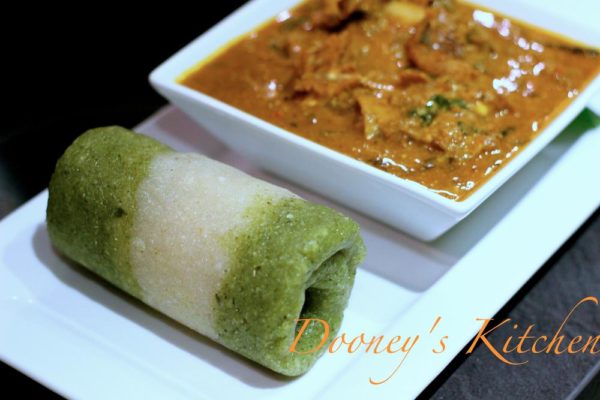 Original idea goes to Temitope Adedayo of Stunnababez Cuisine who introduced the fun healthy way of adding pureed vegetables to our Nigerian Starch solids. To see how I made this, please visit the blog. If you would also like to try another popular Northern dish; Miyan Taushe, I have also got a recipe there.
Original idea goes to Temitope Adedayo of Stunnababez Cuisine who introduced the fun healthy way of adding pureed vegetables to our Nigerian Starch solids. To see how I made this, please visit the blog. If you would also like to try another popular Northern dish; Miyan Taushe, I have also got a recipe there.
#todayIamawomanfromChibok #todayIrepresentNyanya #todayIrepresentJos #todayIrepresentKano
______________________________________________________________________________________________________
Dunni Obata is an IT Project Manager by day and a cook the rest of the time. She loves entertainment and one of her bad habits is feeding people. When she’s not cooking, she’s watching the Food Network. Dunni is very passionate about Nigerian food and believes it has a lot to offer globally. Visit her blog –www.dooneyskitchen.com

